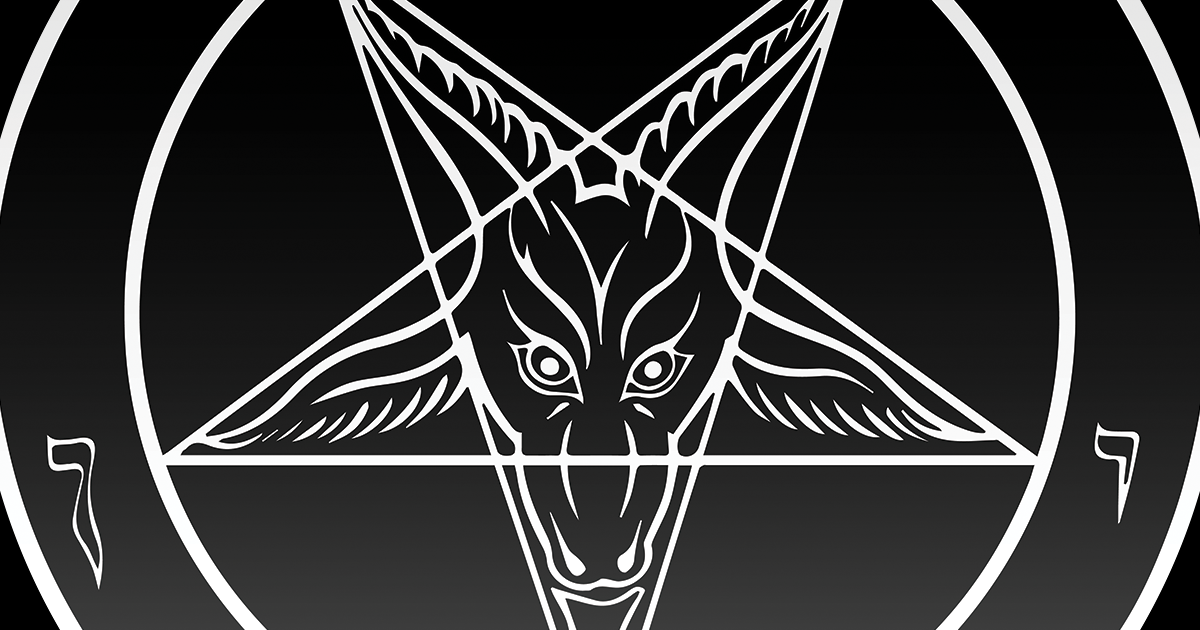The Origin of the Goat of Mendes
“Man relies on symbolism and metaphor when building a personal conceptual framework for understanding the universe in which he lives. He has always invented his gods using his carnal brain.” – Peter H. Gilmore, The Satanic Scriptures
In ancient Egyptian theology, it was believed that a vital essence existed in every living person. This spark of life was referred to as the ka, and it was thought to have been created by a deity at the moment of conception. When a person died, the Egyptians believed that the ka would leave the body and divide into two parts: the akh and the ba. Although the precise details of the Egyptian concept of death and their myths regarding the afterlife are known to have varied somewhat as the centuries passed, it was generally thought that a deceased person’s akh, their spirit or intellect, made a perilous journey through the underworld to a place where he or she would eventually be judged by the gods. Meanwhile, the ba of the deceased, which can be understood in terms of their soul or their personality, would continue to dwell on Earth among the living.
In the fields of archaeology and anthropology, it’s certainly no secret that symbolism and symbolic behavior permeate practically every aspect of human society. The ancient Egyptians are known to have carried this fascination with symbolism somewhat further than most cultures, however, with the expressed belief that an intrinsic connection exists between objects, places, or events that exhibit similar characteristics or are symbolically similar in some manner. Thus, somewhere in the distant millennia of Egyptian prehistory, a significant symbolic connection was made between the word for soul, ba, and the word for ram, ba. Although there may have been a subtle difference in pronunciation between those two words, their transliteration is essentially the same.
Consequently, from an extremely early date in ancient Egyptian society, it was thought that a ram was the incarnation of a soul that resided on Earth amongst the living. In the Egyptian mind, the connection was remarkably profound. And in the village of Anpet (the future city of Mendes) in the Nile Delta, the symbolism invoked by the homonyms was evidently believed to provide incontrovertible proof that the soul in question was of a divine nature. Thus, a ram was potentially the living avatar of a god. And with that interpretation having been firmly established in the ancient Egyptian psyche, the Goat of Mendes was born.
[An excerpt from Ancient Mendes: An Archaeological Perspective by Warlock Robert John Kuplin]
“Goat of Mendes” painting by High Priest Peter H. Gilmore.
More on the painting at Magister Matt G. Paradise’s Diabologue


